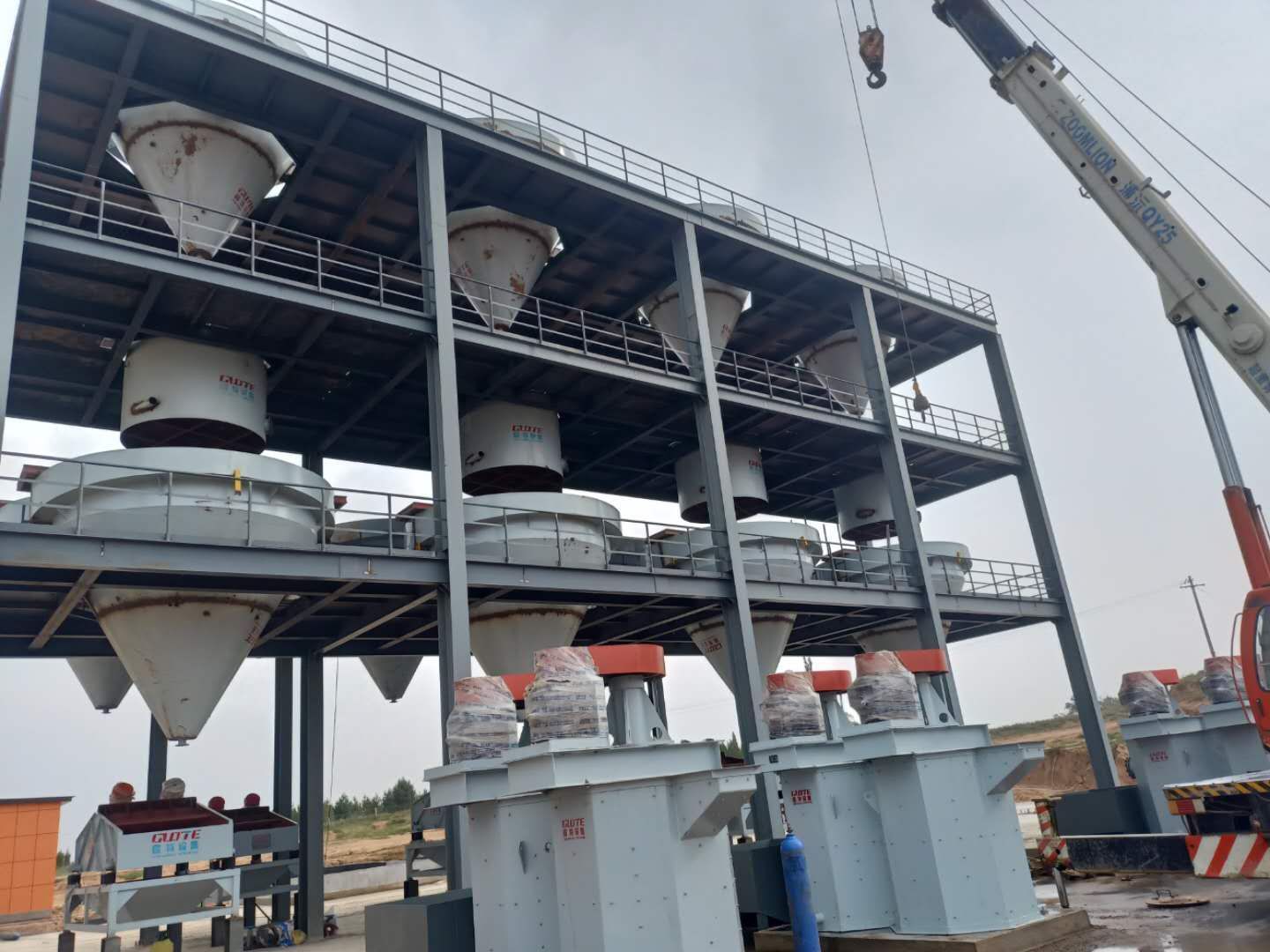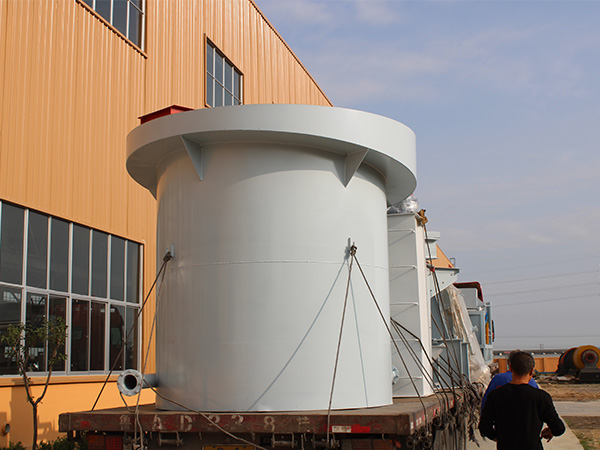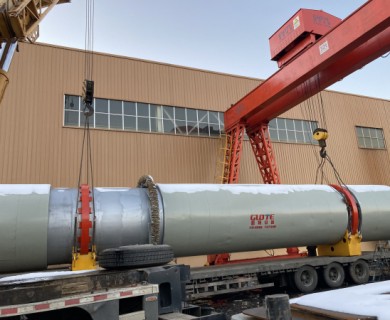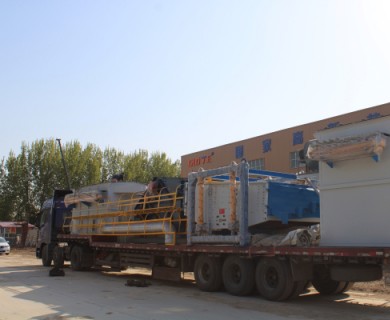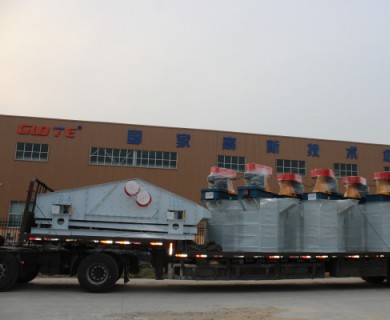Introduction
Hydraulic classifier is a kind classification equipment according to different particle sizes , this equipment is widely applied in the field of silica sand processing, to classify the mixture of silica sand, has the advantages of high efficiency and low energy consumption, no noise. Through continuous optimization and improvement, our company is of leading level at the control system, classification efficiency and noise control.
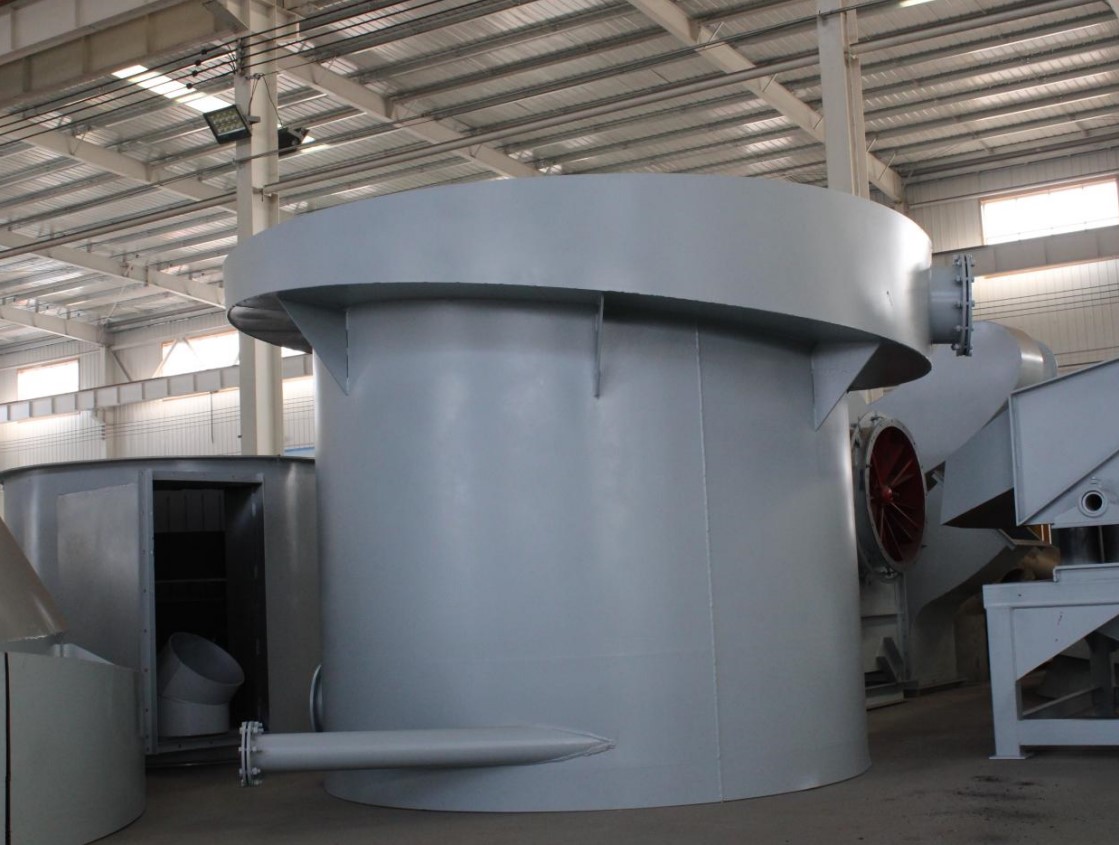
Advantages
1. The material is affected by the rising water in the cylinder body , achieving the purpose of classifying and separation,which with high efficiency and low energy consumption.
2. With the automatic control system, the operation of parameter adjustment is simple and convenient, easy to control.
3. The water tank at the bottom of the barrel is equipped with special devices and the rising hole will be closed automatically when the water is stopped. The material in cylinder body will not block the hole and enter into the tank.
4. High separation efficiency and low energy consumption;
5. The material is subjected to the action of rising water flow and its own gravity in the tank, which achieves the effect of particle size classification and will not consume any electricity ;
6. Equipped with automatic control system, which is relatively simple and easy to control when adjusting operating parameters.
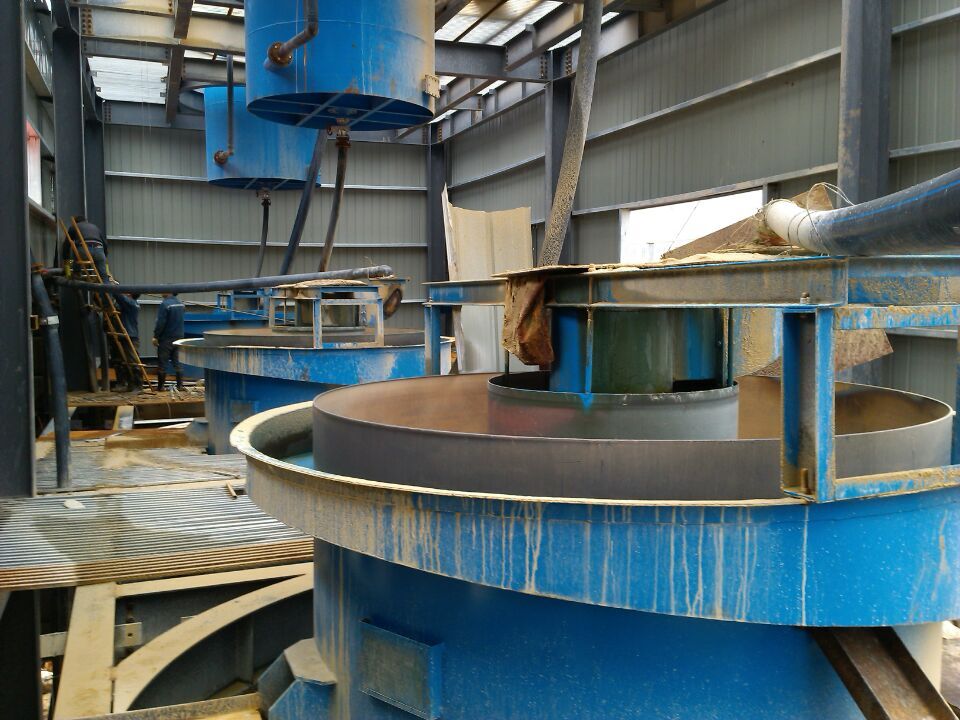
Working Principle
To make its extremely sharp classification, Hydrosizers use the hindered settling principle.
Feed material (typically Hydrocyclone underflow) enters the top of the unit via a central feed-well. Simultaneously, process water is injected through an array of pipes located near the bottom of the separation chamber. This water injection causes an upward rising current of water that flows over the peripheral weir and is collected in the overflow launder. As particles in the feed meet this rising current of water, finer and less dense fractions are lifted out and swept over the overflow weir. Coarser and denser particles pass downward through this current and are collected in the underflow cone to await discharge.
Particles that are near the size of separation, being neither massive enough to migrate to the underflow cone nor small enough to be lifted out, begin to accumulate in the separation chamber. This accumulation is described as a teetered or fluidized bed, similar in many ways to quick sand. Within this teetered bed, solids settle through the tank in an environment known as hindered settling. This phenomenon slows down the settling rates of particles and allows them to be more critically reviewed as either a member of the coarse or fine fraction.
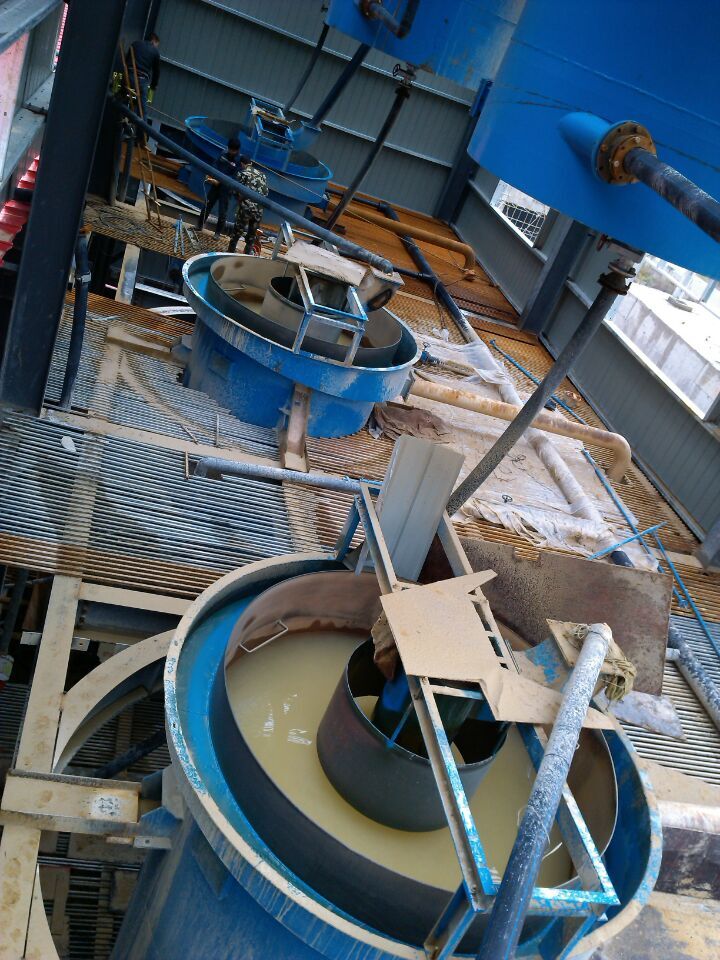
Technical Parameters
|
Model Feed size |
(mm) |
Classification scope(mm) |
Capacity(t/h) |
Water consumption (m3/h) |
Weight(kg) |
|
GSF1200 |
< 5 |
0.4-0.04 |
3-7 |
10-15 |
820 |
|
GSF1500 |
< 5 |
0.4-0.04 |
7-10 |
15-20 |
1200 |
|
GSF1800 |
< 5 |
0.4-0.04 |
10-15 |
20-30 |
1770 |
|
GSF2100 |
< 5 |
0.4-0.04 |
15-20 |
30-40 |
2540 |
|
GSF2400 |
< 5 |
0.4-0.04 |
20-25 |
40-60 |
3260 |
|
GSF3000 |
< 5 |
0.4-0.04 |
25-40 |
50-80 |
4160 |
